Donated Treasures at the National Collection of Qatar
The National Collection of Qatar grows through generous donations that preserve diverse histories, cultures, and artistic traditions, ensuring that objects of significance are safeguarded and shared with future generations.
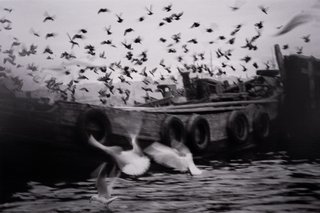
Ara Güler The Golden Horn, 1955, Turkey, Photographed 1955, Printed 2022, 20th Century CE Archival pigment print on Hahnemuhle photo rag baryta paper. 75 x 50 cm QM.2022.10391, Qatar Museums / National Collection of Qatar - Doha, Qatar
The Golden Horn, 1955
The Golden Horn, 1955, is one of the most famous black and white photographs by renowned Turkish photographer Ara Güler (1928-2018). In the photograph, Güler captures a misty morning along the Golden Horn, a waterway that separates old and new Istanbul. The image shows birds, boats, and the silhouette of minarets rising in the distance.
Renowned publications such as Time, Life and Stern published his work, and he worked extensively with the Magnum Photos Agency. His work has featured in exhibitions around the world, and today, Ara Güler Museum and the Ara Güler Archives and Research Centre dedicated to him are open in Istanbul.
Karaköy, 1959
This black and white photograph is by renowned Turkish photographer Ara Güler (1928-2018). In the picture, Güler captures the Karaköy harbour district. In the foreground are two boats with fishermen, while minarets dominate the skyline in the distance.
Renowned publications such as Time, Life and Stern published his work, and he worked extensively with the Magnum Photos Agency. His work has featured in exhibitions around the world, and today, Ara Güler Museum and the Ara Güler Archives and Research Centre dedicated to him are open in Istanbul.
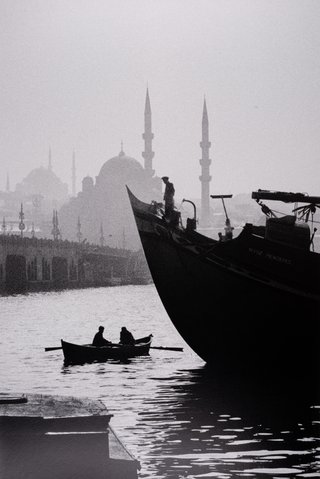
Ara Güler Karaköy, 1959, Turkey, Photographs 1959, Printed 2022, 20th Century CE Archival pigment print on Hahnemuhle photo rag baryta paper 50 x 75 cm QM.2022.10436, Qatar Museums / National Collection of Qatar - Doha, Qatar
The two Ara Güler's iconic photographs have been generously donated in partnership with Doğuş Group, highlighting their commitment to preserving and sharing cultural heritage.
Highlights from the Donated Jewelleries
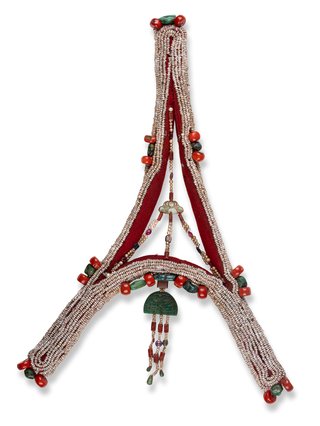
Tibetan “Y” headdress called “pat’h” Lhasa, China, ca. 1900-1940, 20th Century Turquoise, jade, glass, velvet and coral 52 x 36.7 x 4.5 cm PJM.ET.2993, Qatar Museums /National Collection of Qatar - Doha, Qatar
Tibetan “Y” Headdress
This beautiful Tibetan headdress originates from the Lhasa region, and dates back to sometime before 1945. Aristocratic women wore such headdresses throughout their lives. The headdress features jade and turquoise pendants as well as freshwater pearls. Known as frog pearls, the pearls likely come from Chinese rivers and lakes.
Choker Necklace
This beautiful Tibetan-style choker was created in Ladakh, likely before 1900. The people of Ladakh embraced Tibetan culture and included elements of its jewellery tradition in their designs.
Turquoise, coral, and amber are remarkable in both Tibetan and Ladakhi jewellery. However, this choker is unique because it features pearls prominently. Its design includes a central portico framed with pearls and lapis lazuli, which surrounds a silver amulet container.
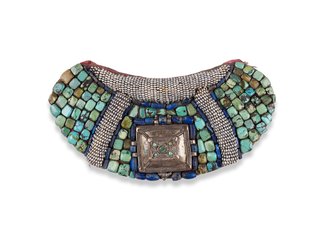
Choker Necklace Ladakh {Asia, India, Jammu and Kashmir, Ladakh}, 20th century CE, Silver, pearl, turquoise, lapis lazuli, textile, 520 x 367 x 45 mm PJM.ET.2993, Qatar Museums / National Collection of Qatar - Doha, Qatar
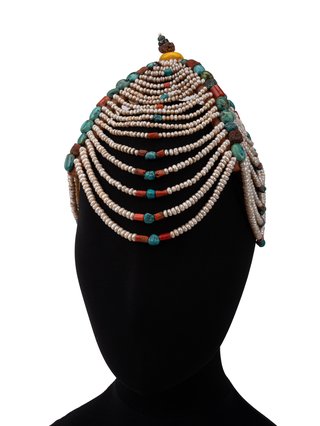
Headdress
This exquisite Tibetan women's headdress, locally known as a chodpan, dates to around 1900. Such headdresses were reserved for the aristocracy and featured rare and precious materials.
The piece is embellished with amber, coral and freshwater pearls. The freshwater pearls make up the majority of the headdress. At the top sits an amber knot and a rudraksha bead, made from a dried stone or seed. The coral in the piece is said to symbolise purity.
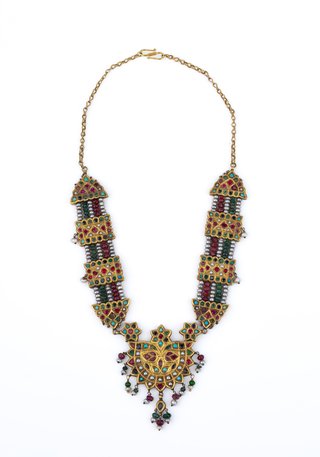
Necklace
Jewellers crafted this exquisite necklace in gold and adorned it with rubies and freshwater pearls. They made it in the Indian tradition, likely for the market of Bukhara in Uzbekistan. The mussels from the rivers of Central Asia and Russia produced the pearls in the necklace. Experts believe they created it between 1880 and 1900.
These donations reflect Cosmix Underwater Research Ltd.’s commitment to preserving and sharing cultural heritage, enriching the Qatar Museums collection with exceptional historical jewellery.
See More Donated Treasures
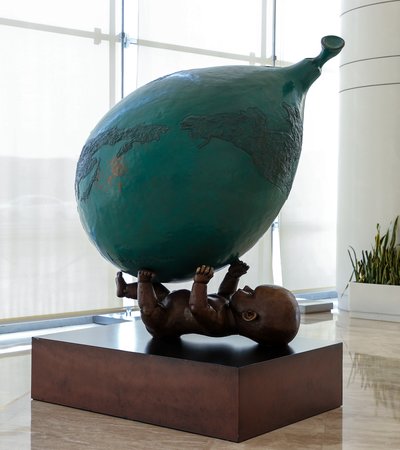
Donated Treasures at Public Art
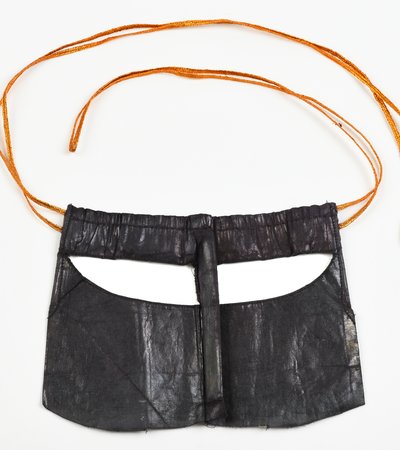
Donated Treasures at the National Museum of Qatar
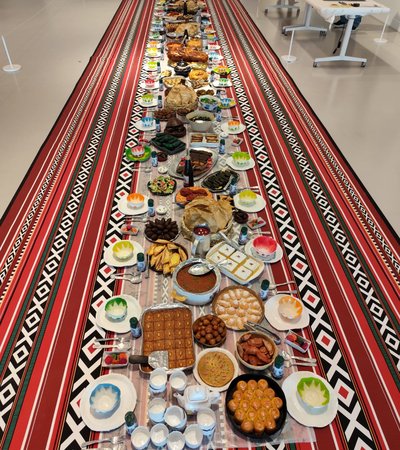
Donated Treasures at Mathaf

Donated Treasures at 3-2-1 Qatar Olympic and Sports Museum